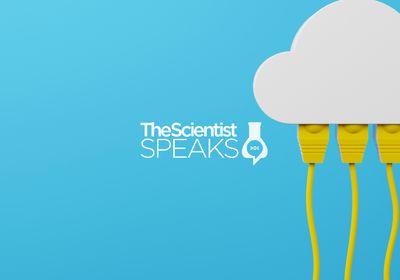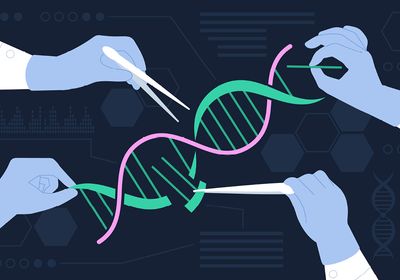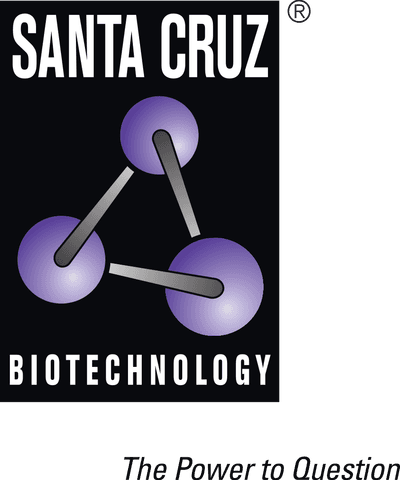ABOVE: © istock.com, Artur Plawgo
In a popular Indian parable, a few blind men interact with an elephant for the first time and imagine what it looks like. The man touching the tusk may describe the elephant as a spear, while the person tugging the tail may think that it’s a rope. All of them miss the big picture. The moral of the story is that narrow experiences can advance inaccurate perspectives.
Martin Picard, a mitochondrial biologist at Columbia University, likened mitochondria to the elephant in the fable. “Mitochondria are diverse,” said Picard. “To some people, that’s a gentle reminder. For some people, that’s an eye-opening claim.”
Mitochondria constantly churn out chemical energy to fuel the extensive network of biochemical reactions occurring throughout the cell, thus inspiring the universal aphorism of the “powerhouses of the cell.” However, the last few decades have ushered in a more nuanced understanding of the organelle with growing evidence that it contributes to a number of diseases, regulates several cellular processes, and plays multifaceted roles in cells. This attracted many scientists, even those who may have a narrow understanding of the organelle, to mitochondrial biology.
With a greater understanding of the many roles of mitochondria, the more precise you can be and the better and clearer the hypothesis you’ll come up with will be.
—Mike Murphy, University of Cambridge
Considering this, Picard spearheaded two perspectives that he hopes will serve as an invaluable compendium on the organelle for experts and visitors to the field alike.1,2 In the first perspective, published in Cell Metabolism, Picard and Orian Shirihai, a mitochondrial biologist at the University of California, Los Angeles, made the case that the powerhouse analogy is dated; they instead focus on the organelle as the great communicator of the cell.1 “Mitochondria function like cellular processors, like little antennas that can receive information, integrate information, and then produce signals that influence the cell and the whole organism,” said Picard. Inputs include hormones, metabolites, and nutrients that direct output signals that orchestrate metabolic pathways, gene expression, and drive adaptive behaviors.
Although Picard and his colleagues rebranded the organelle under the umbrella of communicators, they emphasized that context matters. Early in development, mitochondria diversify and specialize as different cell types and tissues emerge. Just as scientists continue to discover and define functionally and molecularly distinct cell types, Picard noted rising evidence of mitochondrial phenotypes, or mitotypes, that likely influence signal processing and mitochondrial communication.3 For example, Picard’s team and others showed that brain cells in mice exhibit regional and cell-specific functional differences, while human immune cells vary in ATP production and mitochondrial DNA copy number.3-5
Mitochondria are diverse and multifaceted, and they exhibit a high degree of heterogeneity across tissues.1  Designed by ashleigh campsall Dynamic interplay across these domains allows these shape-shifting organelles to respond to their environments. In this evolving framework, mitochondria are viewed as cellular processors.2 References
|
“Now that we know this, we need a decent nomenclature system that will allow us to teach the next generation to formulate specific hypotheses and then design research to test that with a certain level of specificity,” said Picard. In their Nature Metabolism perspective, Picard and his colleagues proposed a terminology system to increase specificity in the language of mitochondrial science.2 Their system distinguishes between the multitude of cell-dependent properties, molecular features, activities, functions, and behaviors employed by mitochondria.
Mike Murphy, a mitochondrial biologist at the University of Cambridge who was not involved with writing the perspectives, agreed with Picard’s call for more precise language. “We’re using vague terms like mitochondrial dysfunction, and it’s not clear what that means,” said Murphy. Instead, descriptions should focus on the specific process that has gone awry, such as calcium homeostasis, oxidative phosphorylation producing ATP, or contributions to immune signaling. “With a greater understanding of the many roles of mitochondria, the more precise you can be and the better and clearer the hypothesis you’ll come up with will be,” said Murphy.
“I’m supportive of the goal, [but] I’m reluctant to go along with a rigid nomenclature,” said Murphy. Mitochondria are dynamic and constantly adapting in response to a changing environment, which could make it difficult to pigeonhole these shapeshifting organelles into one classification over another.
Whether scientists adopt the proposed terminology system remains to be seen, but appreciation of the organelles’ incredible diversity is only growing. “In the world of mitochondrial biology, we’re in the same place as probably 200 years ago, when people realized ‘ooh, we’re made of cells,’” said Picard.
References
- Picard M, Shirihai OS. Mitochondrial signal transduction. Cell Metab. 2022;34(11):1620-1653.
- Monzel AS, et al. Multifaceted mitochondria: Moving mitochondrial science beyond function and dysfunction. Nat Metab. 2023;5(4):546-562.
- Rausser S, et al. Mitochondrial phenotypes in purified human immune cell subtypes and cell mixtures. eLife. 2021;10:e70899.
- Rosenberg A, et al. Brain mitochondrial diversity and network organization predict anxiety-like behavior in male mice. Nat Commun. 2023;14:4726.
- Fecher C, et al. Cell-type-specific profiling of brain mitochondria reveals functional and molecular diversity. Nat Neurosci. 2019;22:1731-1742.






